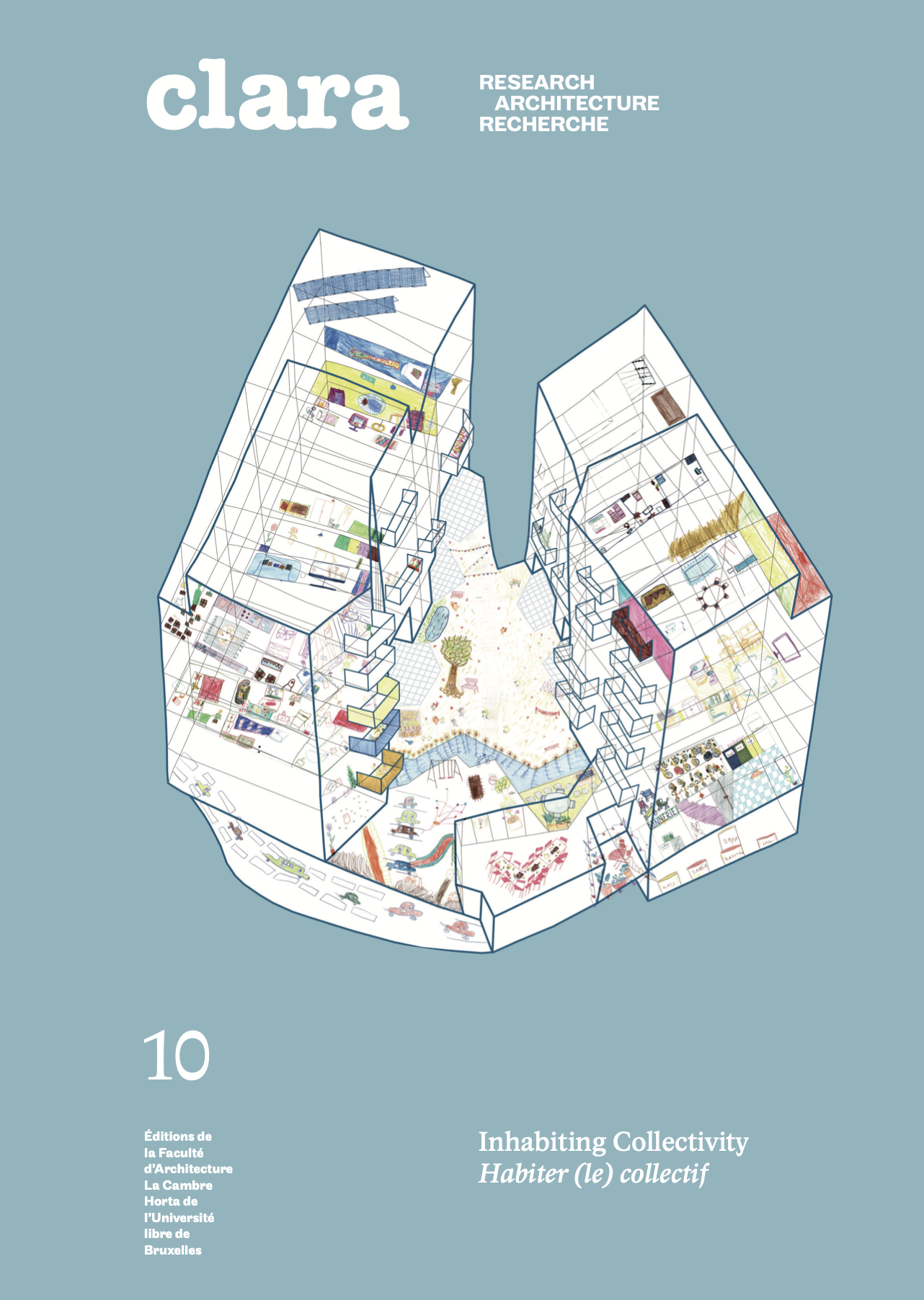Inhabiting Collectivity — Introduction
Main Article Content
Abstract
In its broadest and most neutral sense, collective housing refers to a group of dwellings where inhabitants share common spaces, such as entrance halls, staircases, lifts, a laundry room, a multifunctional space or gardens. However, beyond this basic definition lies a variety of moral and political conceptions and intentions, both of communal living and of what it means to be ‘collective’. Collective housing also encompasses a wide range of experiences that do not necessarily share the same community goals or living practices. This diversity is particularly striking considering that collective housing, which has deep historical roots, has experienced a resurgence of interest, especially in Europe, since the early 2000s (Tummers, 2015). This revival, fuelled by the housing crisis, social and political criticisms of individualism, changing family structures, and growing environmental and ecological concerns (Lenel et al., 2020), has only expanded the plurality of the concept. This thematic section of Clara explores a range of contemporary and older collective housing projects across Europe (Belgium, France, Switzerland) and Canada, shedding light on the diverse motivations behind these projects, the interactions between actors involved, the ways in which the collective is managed, and the spaces that are dedicated to facilitating and supporting the collective.
Article Details

This work is licensed under a Creative Commons Attribution-NonCommercial-NoDerivatives 4.0 International License.

